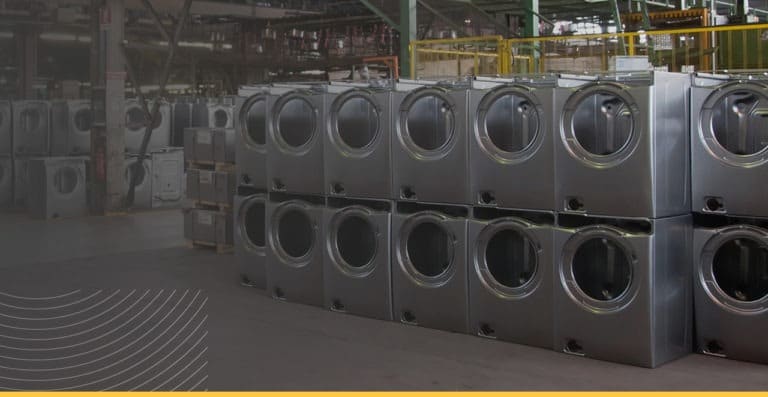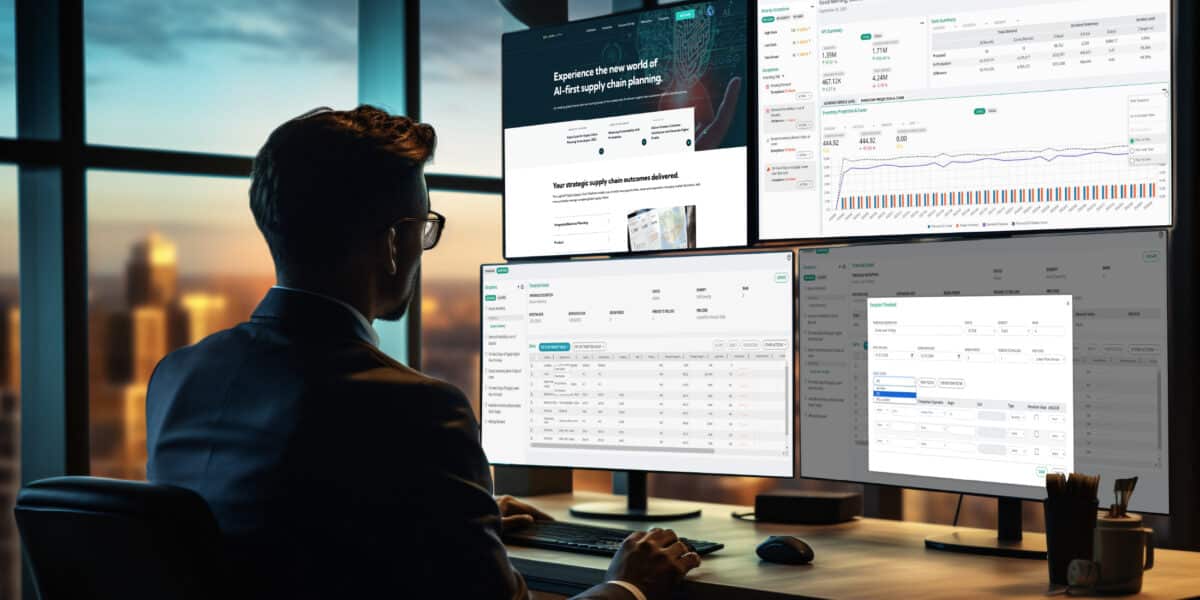
Make better inventory management decisions and gain a deeper understanding of your customers by solving for “what if?”
For durable goods companies, what-if analysis is a valuable tool helping to meet service goals while staying on budget or even improving the financial picture overall. By studying both historical and near-real-time data, companies can identify and mitigate potential demand and supply risks and improve decision-making as well as forecasting.
Traditionally done with spreadsheets, artificial Intelligence (AI) and other tools can uncover data to support suspected yet unproven factors. Performing a what-if analysis involves predicting specific outcomes based on different data: specific events that may or may not be favorable to the business.
Durable goods companies must understand the supply chain problems they may face and find timely and sustainable solutions in case these possibilities come to pass. It’s important to do a what-if analysis correctly to reap the benefits, so let’s look at how to do your analysis, the benefits, and how it can help you determine the cost of serving key accounts.
To Be Effective, Perform Your What-If Analysis the Right Way
What-if analysis can be an excellent ideation tool to create and test hypotheses prior to committing to a wide-scale action if it’s used properly. A what-if analysis doesn’t predict a specific result, but it does provide an accurate range of probable outcomes so decision-makers can see how variations in data input impact various future scenarios.
The challenges faced by durable goods companies are myriad, including changing consumer demand, shrinking margins, the dynamic regulatory environment, and global competition. These all impact inventory planning and make it difficult to optimize. Your what-if analysis should look at short-term, mid-term, and long-term scenarios.
It’s always best to start with what you know. When you begin your what-if analysis, look first at what you know has had a business impact in the past and assess the costs and benefits involved. Take those scenarios and change things up – what might have occurred if something had been done differently? How would it have impacted the health of the company?
Next, it’s time to examine your data. Deep, granular data analysis fueled by AI is required to comb for factors that could be a predictive variable. However, insights should be examined for reasonableness and plausibility as well as causal relationships. Once you find the causal data, they can be used in your analysis to predict future impact. It’s important to do a “reality check” on any intuited factors.
Through digital technology with built-in analytics capabilities, you can better understand not only your company’s market strengths and weaknesses but also your supply chain stability and vulnerabilities.
Some Benefits of What-If Analysis for Durable Goods Companies
What-if analyses both predict and quantify the probable impact of a specific situation on a particular objective and is a valuable tool for inventory control. It is the only exhaustive assessment of the possible outcome of any plausible changes to the factors that affect company performance, including:
• Increased margins
Maximize the ROI of every transaction by using your what-if analysis to examine each component of a sale. Experiment with pricing structures, discounts, and incentives and their effect on the bottom line, then learn to efficiently structure each deal to maximize revenue.
• Answer questions before they come up
While you can’t completely expect the unexpected, analysis will give you a reliable answer for, as the name suggests, “what if” scenarios. For example, circumstances could mean unexpected peaks or valleys in demand or supply cost changes.
• Manage risk
Risk is a part of any business, and the unique risks associated with durable goods require a sound strategy to manage it. With what-if analysis, you can not only better forecast risk but develop plans to help navigate various scenarios.
• Find the best supply sources
Model your supply network and generate multiple plans that are based on sourcing, production, and distribution options as well as constraints.
• Operational optimization
Plan and optimize life cycles, inventory, and manufacturing based on predictive data trends.
• Determine the cost of servicing key accounts
By using customer-specific forecasting capabilities available through technology solutions, what-if analysis, and time-phased inventory policies you can gauge the cost of serving key accounts. Through an analysis of both simple and complex factors, a what-if analysis can also identify key drivers that would incentivize salespeople and increase average revenue.
Overall, better decisions in inventory management and planning, as well as overall business operations, are made in the process of what-if analysis through changing and challenging assumptions and observing and estimating the outcomes.
Logility Facilitates Your What-If Analysis for Better Business Outcomes
Our AI-based supply chain planning solutions drive more accurate demand plans, target markets, and product lifecycle forecasts while improving long-term predictions about new products, phase-outs, short life cycle products, and promotions.
Perform what-if analysis by analyzing the impact of different business scenarios to evaluate the risks and opportunities, and gain new insights that increase the accuracy of forecasts involving demand, inventory, and supply.
Logility combines volumetric and financial analysis with collaborative workflow to create a single flexible planning and decision support system that changes the game for your organization.
Reach out to our specialists today to discuss our supply chain solutions.


